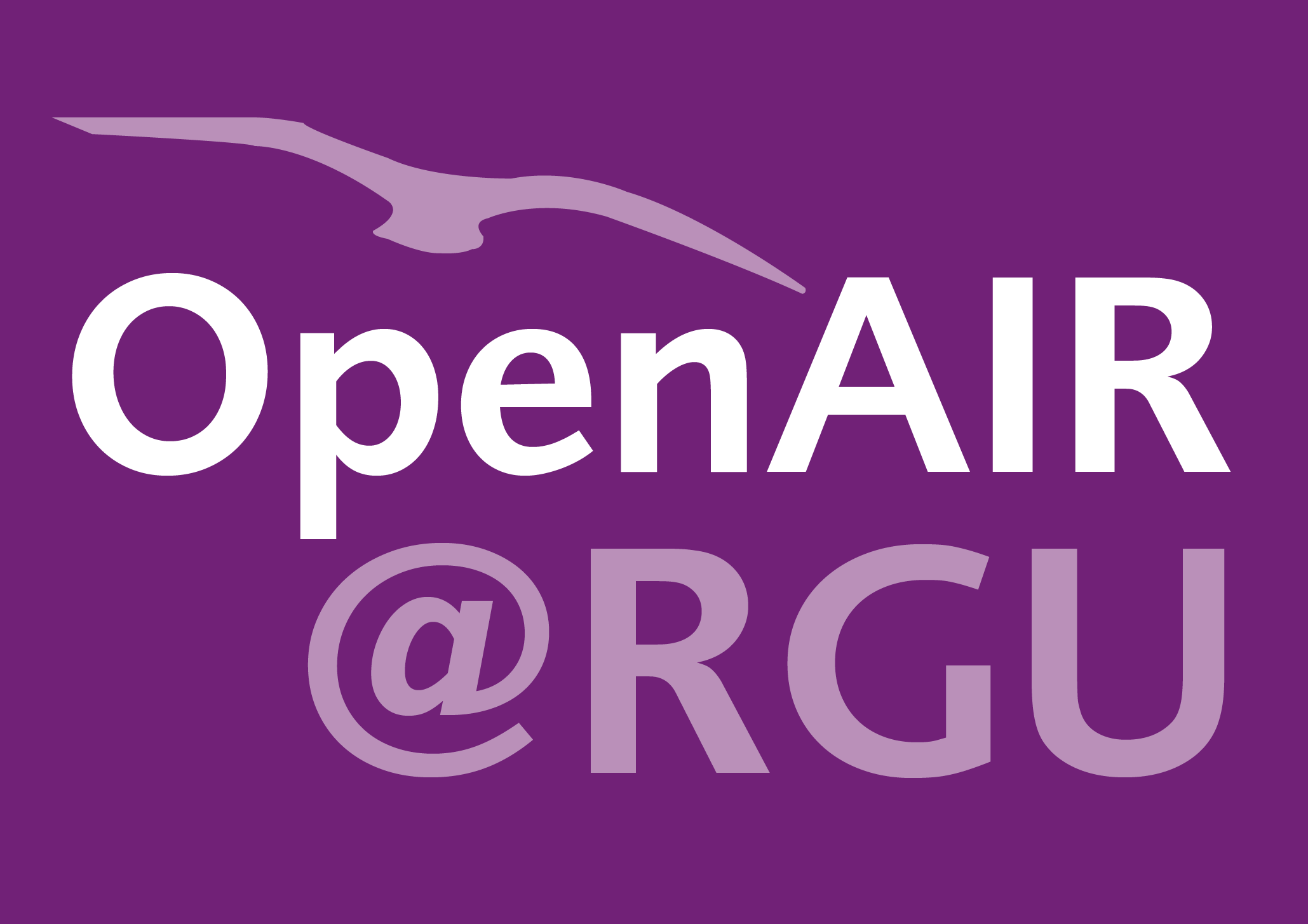Vinod Ramachandran
Development of an innovative and environmentally sustainable solid waste stream treatment process.
Ramachandran, Vinod
Authors
Contributors
Peter K.J. Robertson
Supervisor
John Barron
Supervisor
Iain Pirie
Supervisor
Abstract
Oily sludges and oil contaminated solid wastes are generated from various sources such as from a) interceptors in petrol stations, automobile garages and rail service stations b) tank oil bottoms from crude oil storage tanks c) drill cuttings from oil and gas exploration and d) Oil based drilling muds . The petroleum sludge wastes typically are water-in-oil emulsion that are stabilised by fine solids. The Hazardous Waste Directive classifies oily sludges and oil contaminated solids as hazardous waste due to its carcinogenic nature. The directive specifies that an oil concentration of more than 0.1% in solids have a risk of causing cancer to humans making it hazardous. Traditionally such wastes have been landfilled. Hazardous waste such as the above has higher landfill costs charged by the landfill operators and also higher landfill tax compared to non-hazardous waste. Such wastes generated throughout Scotland needs to be transported to England and Wales for suitable disposal or treatment and recovery. With the implementation of new legislations such as EU landfill directive the existing option of transportation and disposal turns out to be costly to the tune of £300 per tonne. Hence it is important to find an alternative option for treating such wastes locally in order to avoid transportation of these wastes and also position industries to offer an environmentally sustainable solid waste treatment system. This thesis reports a study of various technologies examined in the development of an oily sludge treatment process and summarises results from lab trials, site trials and site visits to technology suppliers. In addition to developing a treatment chain this report concludes by recommending that treatment of oily sludge from hazardous waste to inert waste standards can only be achieved utilising thermal treatment methods. This can either be plasma, microwave or infrared technology based thermal treatment and needs to be decided on a case to case basis. An indicative cost benefit analysis presented provides an indication of capital and operational expenditure for the above technology.
Citation
RAMACHANDRAN, V. 2010. Development of an innovative and environmentally sustainable solid waste stream treatment process. Robert Gordon University, MRes thesis.
| Thesis Type | Thesis |
|---|---|
| Deposit Date | Jan 18, 2011 |
| Publicly Available Date | Jan 18, 2011 |
| Public URL | http://hdl.handle.net/10059/565 |
| Contract Date | Jan 18, 2011 |
| Award Date | Nov 30, 2010 |
Files
RAMACHANDRAN 2010 Development of an innovative
(1.2 Mb)
PDF
Publisher Licence URL
https://creativecommons.org/licenses/by-nc-nd/4.0/
Copyright Statement
© The Author.
You might also like
Contemplations on results from investigating the personal epistemology of computing students.
(2013)
Presentation / Conference Contribution
Investigation into the personal epistemology of computer science students.
(2013)
Presentation / Conference Contribution
